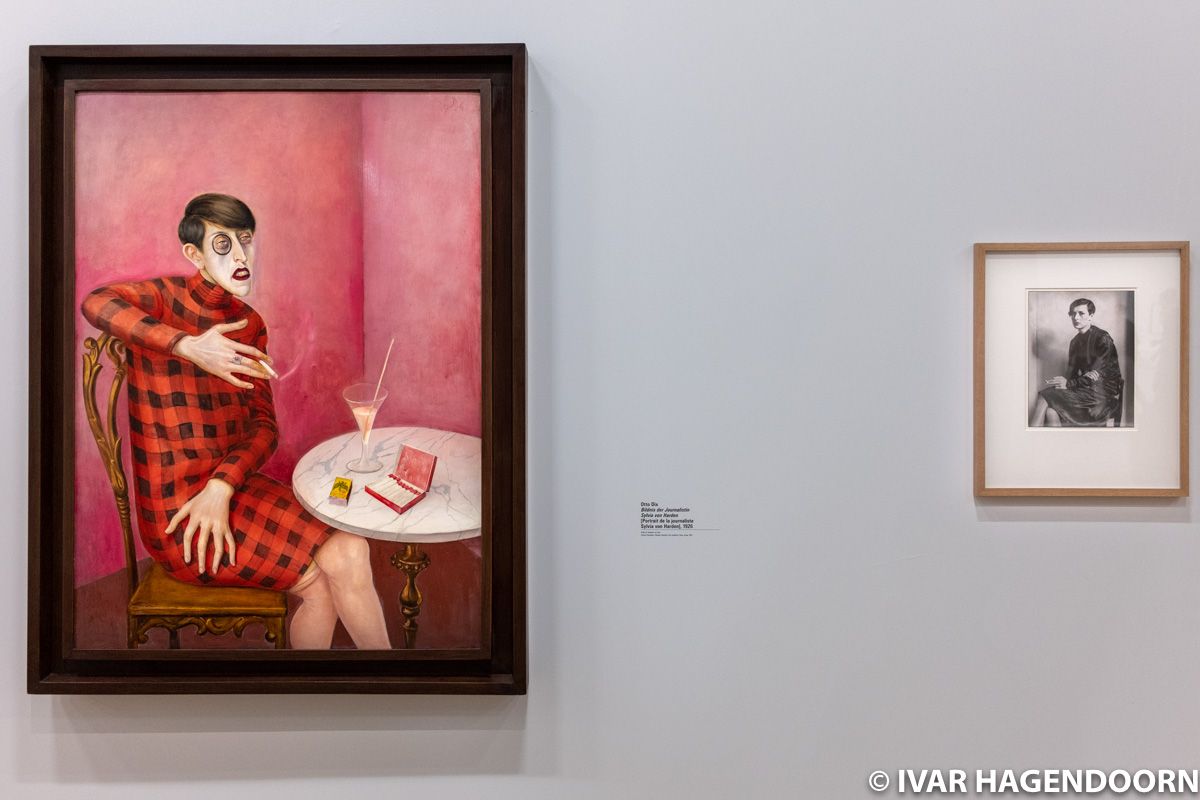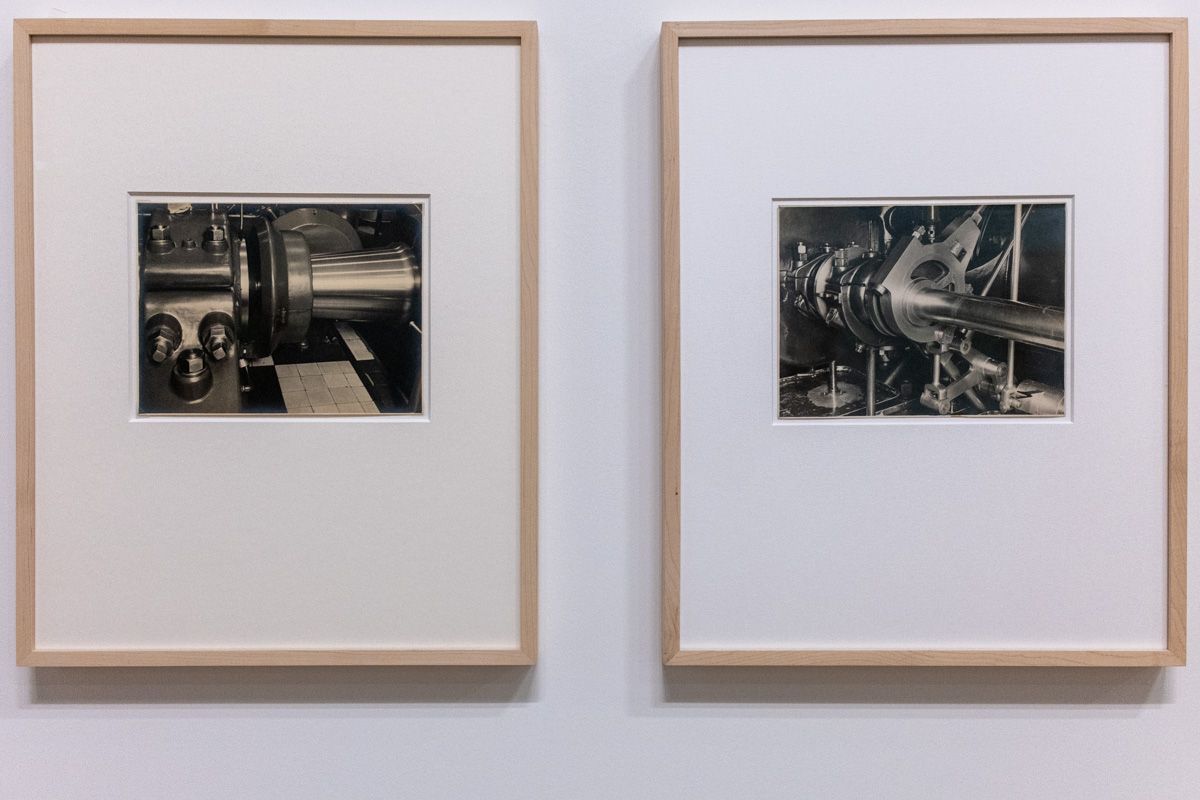
"Germany/1920s/New Objectivity/August Sander" is the somewhat awkward title of a mammoth exhibition at the Centre Pompidou. Bringing together some 900 works of painting, photography, architecture, design, film, theatre, literature and music, the exhibition is the first panoramic overview of the New Objectivity movement in France.
In June 1925, the Kunsthalle Mannheim organized an exhibition "New Objectivity. German painting since Expressionism”, which would come to name an entire art movement, if not an entire epoch. It also marked the end of expressionism, at least in Germany. At the time it was not yet entirely clear what New Objectivity referred to. It may surprise now that painters such as Otto Dix and George Grosz were also included in the Mannheim exhibition and the movement.
The exhibition currently at the Centre Pompidou is organised along several themes: standardisation, montages, things, cold persona, utility, rationalisation and transgressions. At the centre of the exhibition lies August Sander's "People of the 20th Century", an ambitious project which Sander worked on all his life. In more than 600 portraits divided into seven sections, such as farmers, workers and artists and 45 portfolios, he tried to create a cross-section of German society.


Carl Grossberg, Schwungrad mit Treibriemen (1934) (left) and Albert Renger-Patzsch, Maschinenkopplung (1925) (middle) and Nockenwelle einer Dampfmaschine (1927) (right)
In graphic and industrial design the new objectivity aesthetic had a lasting influence in the form of sans serif fonts such as Futura, the Isotype information graphics and standardised furniture. In architecture the best known exponent of the new objectivity is Bauhaus, but the exhibition organisers also included some fine examples from New Frankfurt, including the “Frankfurt kitchen” designed by Margarete Schütte-Lihotzky. Judging by the size of the kitchen at the time people on average must have been a lot shorter than today.
It was interesting to see that both photographers and painters took an interest in the functional aesthetics of industrial machines, something that continues to fascinate me as well.
The exhibition is quite overwhelming in terms of number of exhibits. While I found the exhibition itself interesting, with the exception of some collages, photos and posters, there were very few works that I actually liked. The still lifes of ordinary objects I find flat and dull and the portraits of the cold persona are indeed cold. Of course it was the artists' intention not to prettify anything and in that they succeeded. It's just that it's an artistic movement that I have little affinity with.
Germany/1920s/New Objectivity/August Sander is at the Centre Pompidou, Paris until 5 September 2022.